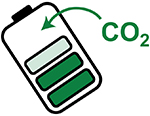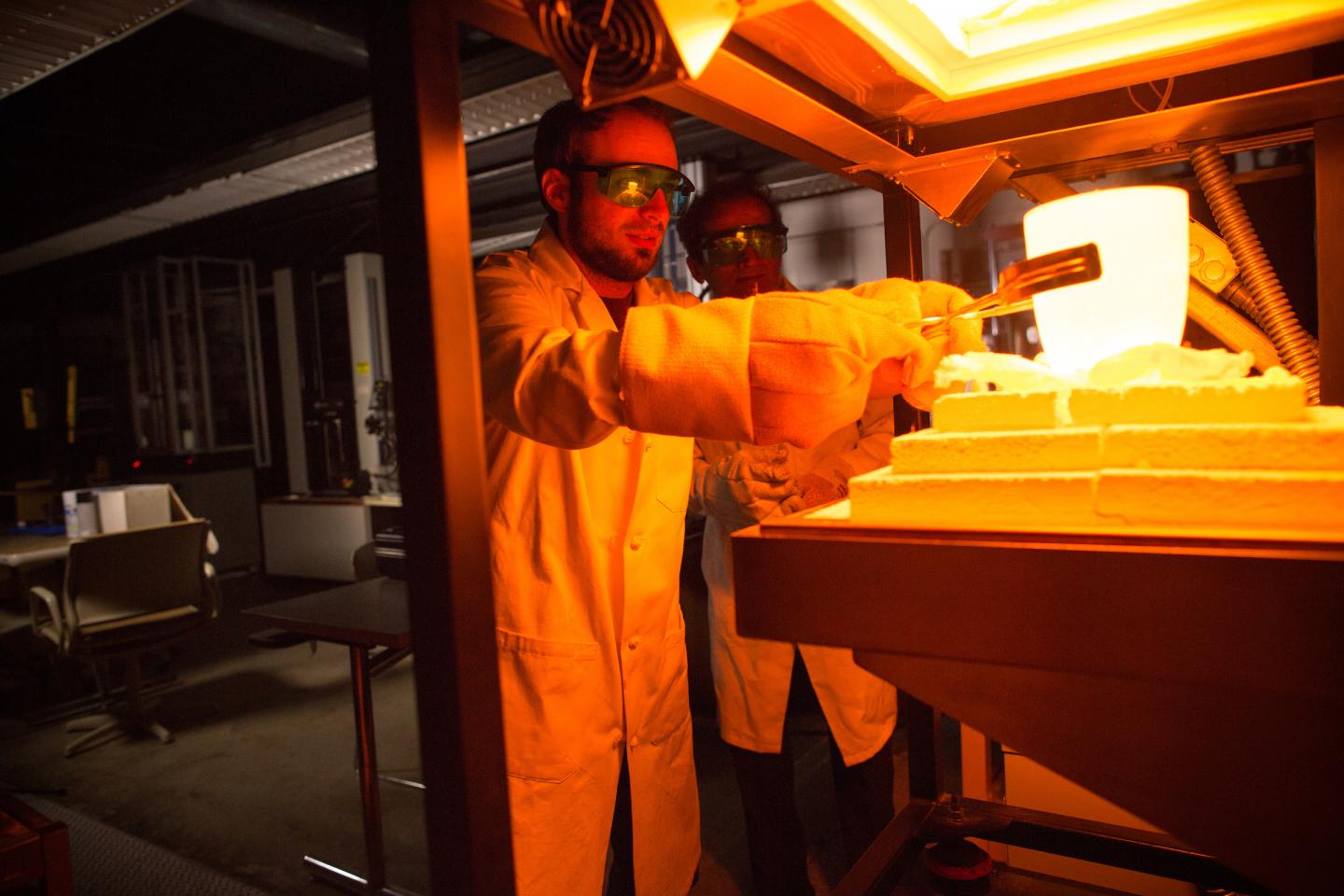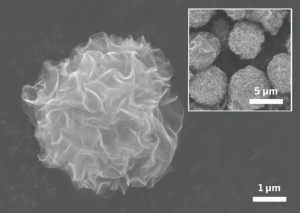 Dr. Alexander Forse
Dr. Alexander Forse
University of Cambridge, UK
Date: December 7, 2022
Time: 1300–1400h ET
Sponsor: Hiden Analytical
 Dr. Alexander Forse
Dr. Alexander Forse
University of Cambridge, UK
Date: December 7, 2022
Time: 1300–1400h ET
Sponsor: Hiden Analytical
Holly Fruehwald, a PhD student at the University of Ontario Institute of Technology (Ontario Tech), Canada, is the recipient of the 2021 ECS Canada Section Student Award. The award recognizes a promising young engineer or scientist in whose work electrochemical science and technology and/or solid state science and technology are the central consideration.
The section established the award, which is bestowed annually, in 1987. The winner receives a $1,500 USD prize which is awarded at an ECS Canada Section meeting. The award recipient is invited to give a lecture on the topic of his/her research.

Researchers place a block of glass between a cathode and anode, and then exerted steady pressure on the glass while gradually heating it.
Image: Douglas Benedict of Academic Image
A new study published in the Journal of The Electrochemical Society describing novel finding in how glass transforms under intense electrical and thermal conditions could potentially spur development in glass supercapacitors, which could bolster the performance of batteries now used for electric vehicles and solar energy.
“This technology is relevant to companies seeking the next wave of portable, reliable energy,” says Himanshu Jain, Lehigh University professor and co-author of the study. “A breakthrough in the use of glass for power storage could unleash a torrent of innovation in the transportation and energy sectors, and even support efforts to curb global warming.”
This from Lehigh University:
McLaren’s work in Marburg revealed a two-step process in which a thin sliver of the glass nearest the anode, called a depletion layer, becomes much more resistant to electrical current than the rest of the glass as alkali ions in the glass migrate away. This is followed by a catastrophic change in the layer, known as dielectric breakdown, which dramatically increases its conductivity. McLaren likens the process of dielectric breakdown to a high-speed avalanche, and using spectroscopic analysis with electro-thermal poling as a way to see what is happening in slow motion.

The 5-µm-diameter graphene balls in these scanning electron microscope images contain graphene nanosheets radiating outward from the center.
Credit: Chem. Mater.
Materials scientists have developed a new technique that could provide a simpler and more effective way to produce electrode materials for batteries and supercapacitors, which could potentially lead to devices with improved energy and power densities.
The researchers have unlocked this new battery technology by exposing tiny bits of graphene to a process that is very similar to deep-frying.
Prior to this development, scientists had difficulty using graphene in electrodes due to the difficulty encountered when processing the material. However, the researchers out of Yonsei University have learned how to harness the material’s electrical and mechanical properties while retaining its high surface are by using an alternative technique.
We all know the health risks that cigarette smoking can lead to, but with over one billion smokers internationally – according to the researchers at the World Health Organization (WHO) – smoking cigarettes has also become an environmental issue. However, a group of scientists in South Korea have discovered a way to transform this waste into a positive by converting the cigarette butts into green energy in a one-step process.
This from Smithsonian:
In a recent paper in the journal Nanotechnology, the researchers demonstrated a one-step process for turning used cigarette filters (the main component of butts) into a material that can be used to store energy in supercapacitors—components that can be used alongside batteries in the electrical grid, consumer electronics and electric vehicles.
While it is unlikely that the supercapacitors will match the storage abilities of chemical-based batteries any time soon, the scientists are optimistic about the potential of this process. With trillions of cigarette butts being tossed out each year, there is no shortage of materials to build billions of supercapacitors.
Find out more about the evolving science of supercapacitors in ECS’s Digital Library.
“People ask me: why hemp? I say, why not?”
That is what Dr. David Mitlin said about the new discovery in bio-waste that has been published in the journal ACS Nano, according to BBC.
Mitlin and his team presented their findings at the American Chemical Society meeting in San Francisco, where it was explained how waste fibres from hemp can be transformed into high performance energy storage devices.
The hemp – which is legal to grow due to the absence of THC – is producing supercapacitors that are at least on par with the graphene, which is known to be the industry’s gold standard.
Dr. Mitlin and his researchers primary focusing on taking produces that are considered waste and evolving them into something applicable and with high value.
This from BBC:
But the leftover bast fibre – the inner bark – typically ends up as landfill. Dr Mitlin’s team took these fibres and recycled them into supercapacitors – energy storage devices which are transforming the way electronics are powered.
If you’re interested in Dr. Mitlin’s research, take a look at this article that he published with ECS.